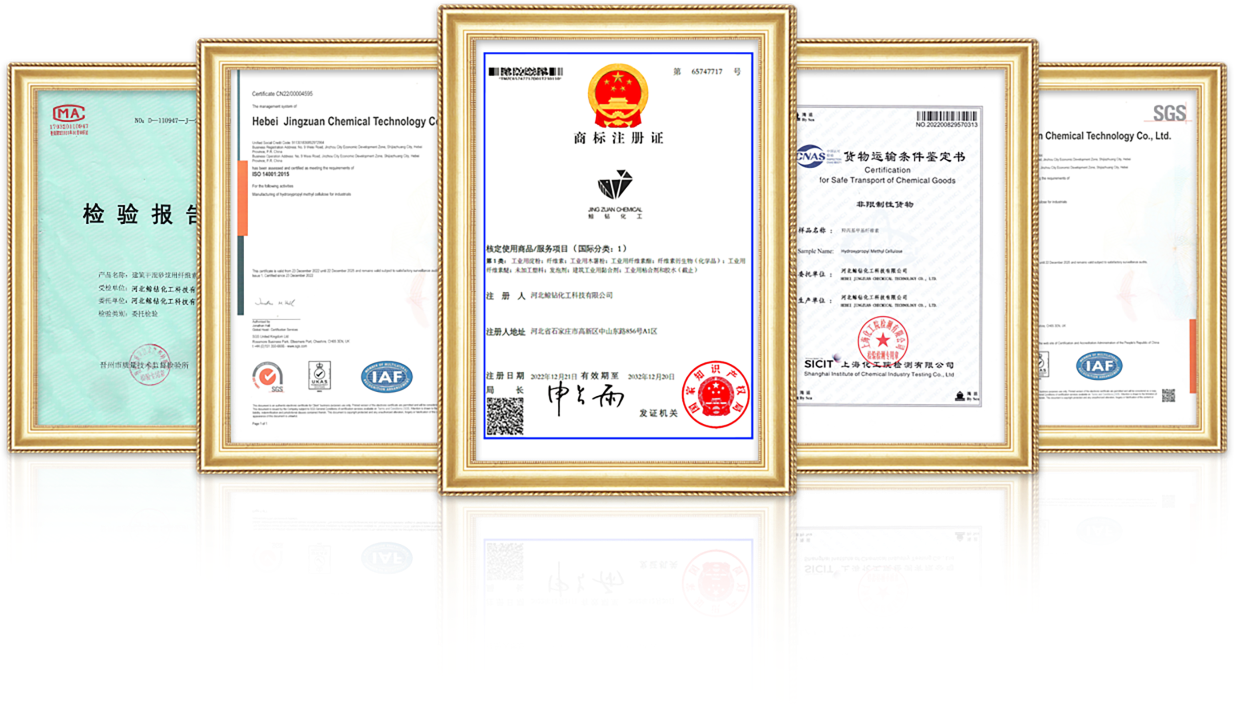
Nov . 20, 2024 23:58 Back to list
how is hydroxyethyl cellulose made
How Is Hydroxyethyl Cellulose Made?
Hydroxyethyl cellulose (HEC) is a non-ionic, water-soluble polymer derived from cellulose, a natural polymer found in the cell walls of plants. HEC is widely used across various industries, including pharmaceuticals, food, cosmetics, and construction, due to its excellent emulsifying, thickening, and film-forming properties. The production of hydroxyethyl cellulose involves several chemical processes and transformations that enhance the properties of cellulose while maintaining its organic nature.
The process begins with the extraction of cellulose from natural sources, such as wood, cotton, or other plant materials. The cellulose is typically obtained through a series of steps that include pulping and bleaching, which remove lignin, hemicellulose, and other impurities. The purity of the cellulose is crucial, as impurities can affect the quality of the final product. Once purified, the cellulose is dried and ground into a fine powder.
How Is Hydroxyethyl Cellulose Made?
The reaction conditions, such as temperature, pressure, and reaction time, must be carefully controlled to obtain HEC with the desired viscosity and degree of substitution. The degree of substitution refers to the average number of hydroxyl groups replaced by hydroxyethyl groups on the cellulose chain, and it significantly influences the properties of the final product. For example, a higher degree of substitution typically results in a product with greater solubility and thickening capability.
how is hydroxyethyl cellulose made

After the hydroxyethylation reaction, the resulting mixture is usually neutralized and washed to remove any unreacted ethylene oxide and catalyst residues. This purification step is critical to ensure the safety and quality of HEC, especially for applications in the food and pharmaceutical industries. Once purified, the HEC is dried again to produce a fine powder.
The final product is characterized by its high viscosity when dissolved in water, making it an effective thickening agent. Its ability to form stable gels and films makes it ideal for use in personal care products, such as shampoos, lotions, and creams. In the construction industry, HEC is often incorporated into cement and mortar formulations to enhance workability and water retention.
Additionally, HEC's non-toxic and biodegradable nature makes it an attractive alternative to synthetic polymers in many applications. This aligns with the growing demand for sustainable and eco-friendly materials in today's market. The versatility of hydroxyethyl cellulose has led to extensive research and development, resulting in various grades of HEC tailored for specific applications.
In summary, the production of hydroxyethyl cellulose involves the extraction of cellulose from natural sources, followed by hydroxyethylation using ethylene oxide. The intricate balance of reaction conditions allows for the creation of HEC with specific properties suited for diverse industrial applications. This polymer's ability to combine functionality with environmental considerations underscores its importance in modern formulations across various sectors.
-
Versatile Hpmc Uses in Different Industries
NewsJun.19,2025
-
Redispersible Powder's Role in Enhancing Durability of Construction Products
NewsJun.19,2025
-
Hydroxyethyl Cellulose Applications Driving Green Industrial Processes
NewsJun.19,2025
-
Exploring Different Redispersible Polymer Powder
NewsJun.19,2025
-
Choosing the Right Mortar Bonding Agent
NewsJun.19,2025
-
Applications and Significance of China Hpmc in Modern Industries
NewsJun.19,2025







